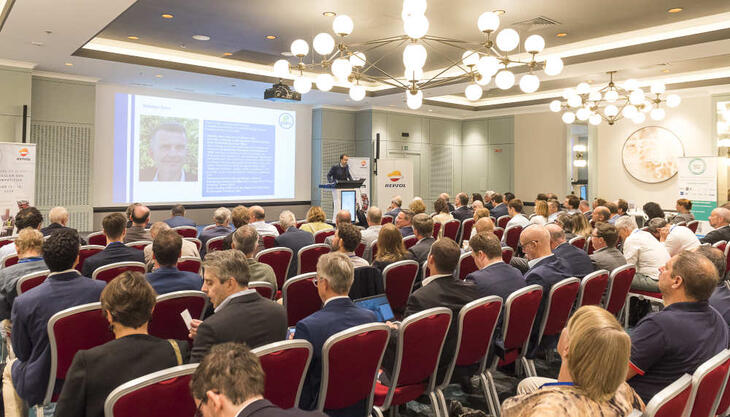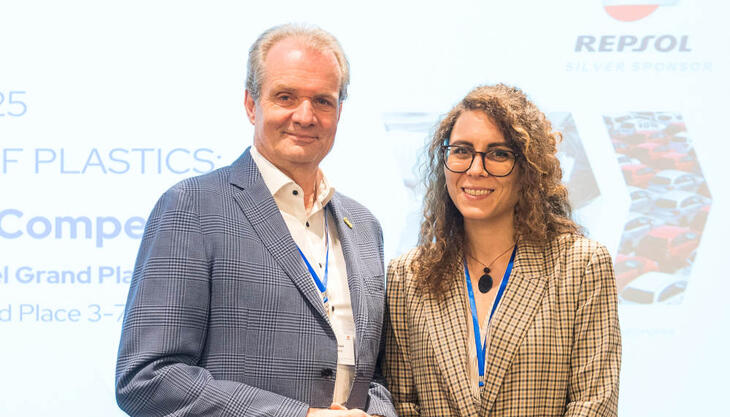2-ethylhexanoic acid is not dangerous

Recently 2-ethylhexanoic acid (2-EHA) has shown no adverse effects regarding reproduction at the highest dose tested in a study executed at the request of the European Chemicals Agency (ECHA). Because of earlier suspicions on reproductive toxicity, ECHA had 2-EHA listed in the Community Rolling Action Plan (CoRAP) as CMR (reproductive toxicity - fertility) and potential neurodevelopmental toxicity. This listing has now been removed: 2-EHA is no longer under consideration for additional classification and labeling. The product is considered safe with risk mitigation measures in place.
The reason for this listing was the suspected toxicity on fertility as well as wide dispersive use, potential consumer use and high aggregated tonnage level. These concerns were based on the results of non-guideline and non-GLP studies. To be able to assess the potential hazard of 2-ethylhexanoic acid, an additional reproductive toxicity study was performed on rats. The outcome of this study did not indicate any adverse effects regarding reproduction at the highest dose tested.
Based on the available information, the evaluating Member State Spain supported the conclusion. Spain also concluded in their report that no additional classification is required and that there is no need of further risk management measures based on the exposure scenarios assessed in the dossier. 2-EHA will remain classified as Reproductive Toxicity Category 2, meaning consumer use should be restricted and some risk mitigating measures need to be taken into account when used at production facilities.
Product manager for Perstorp (the world’s largest producer of 2-EHA), Andreas Nilsson states: “Despite 2-EHA being the most accessible and cost-effective carboxylic acid available, the suspicion caused the market sentiment to sway towards replacement of 2-EHA in some cases. These studies now make 2-EHA the best-investigated carboxylic acid. We are very happy that these suspicions have been lifted”.
2-EHA (2-ethylhexanoic acid) is widely used in esters for PVB film plasticizers and synthetic lubricants, in production of metal soaps for paint driers, in automotive coolants and PVC stabilizers. Other application areas include wood preservatives, catalyst for polyurethane and in pharmaceuticals. Yearly production amounts to almost 300,000 t.
















